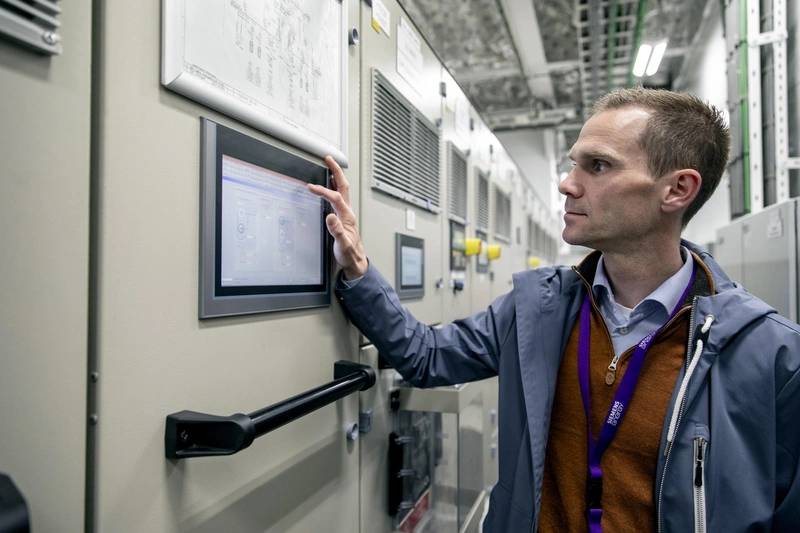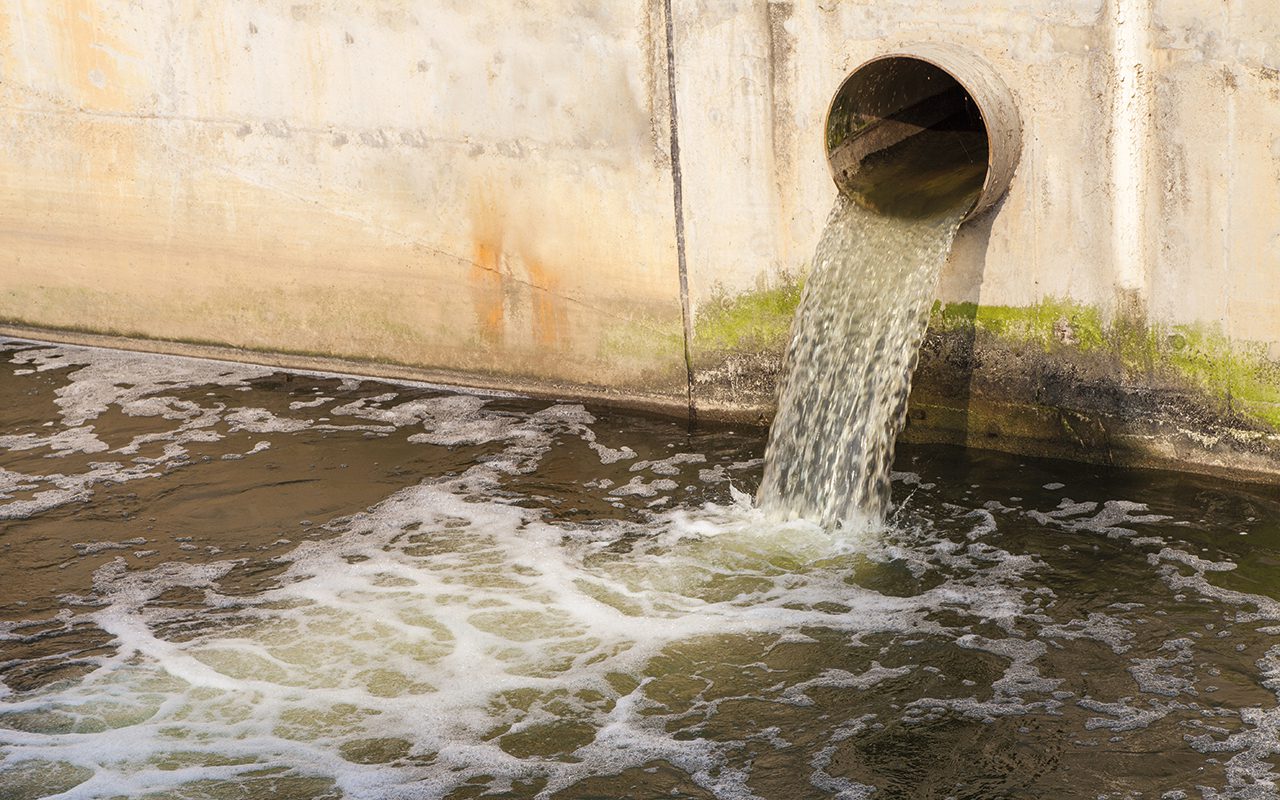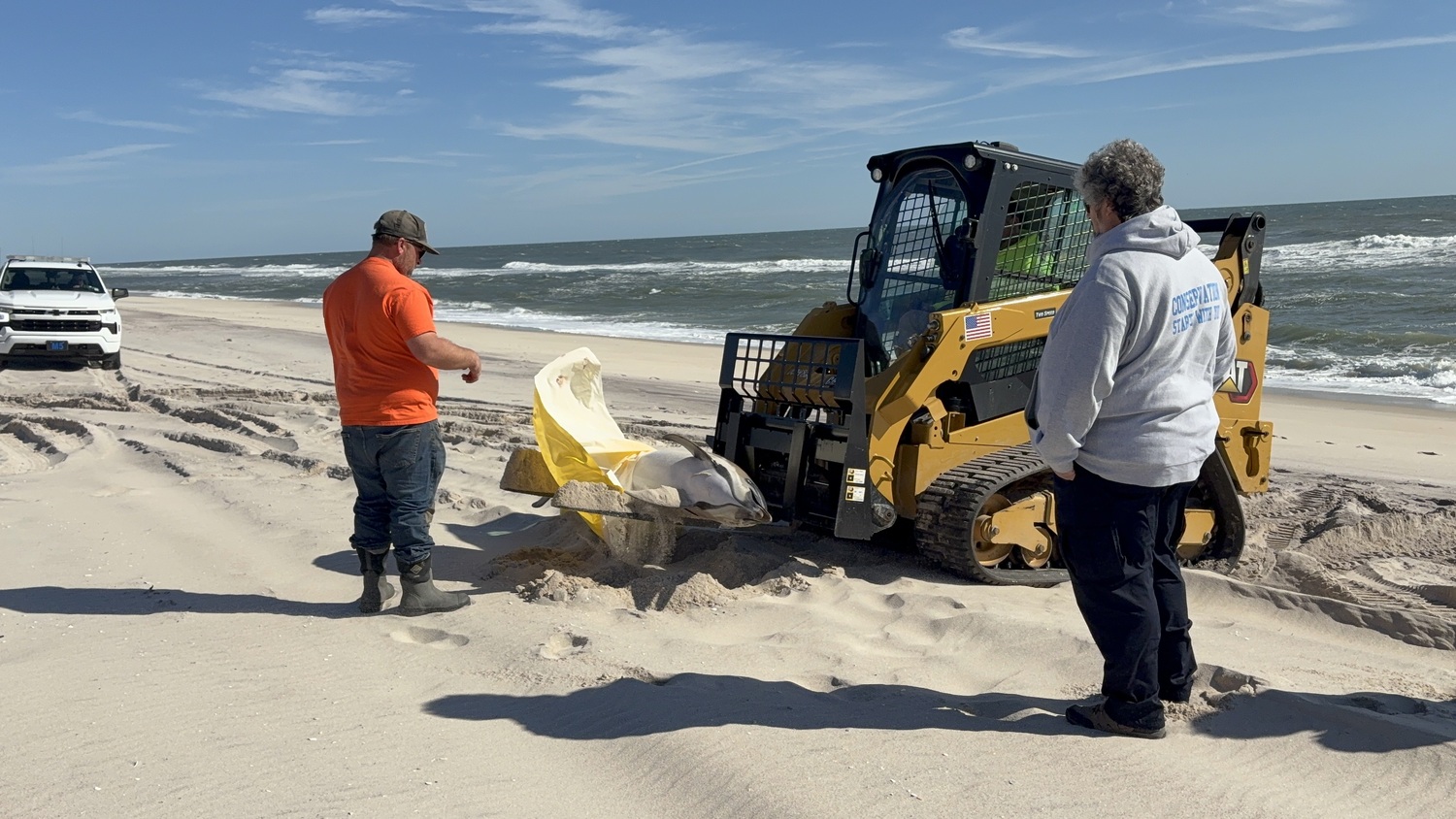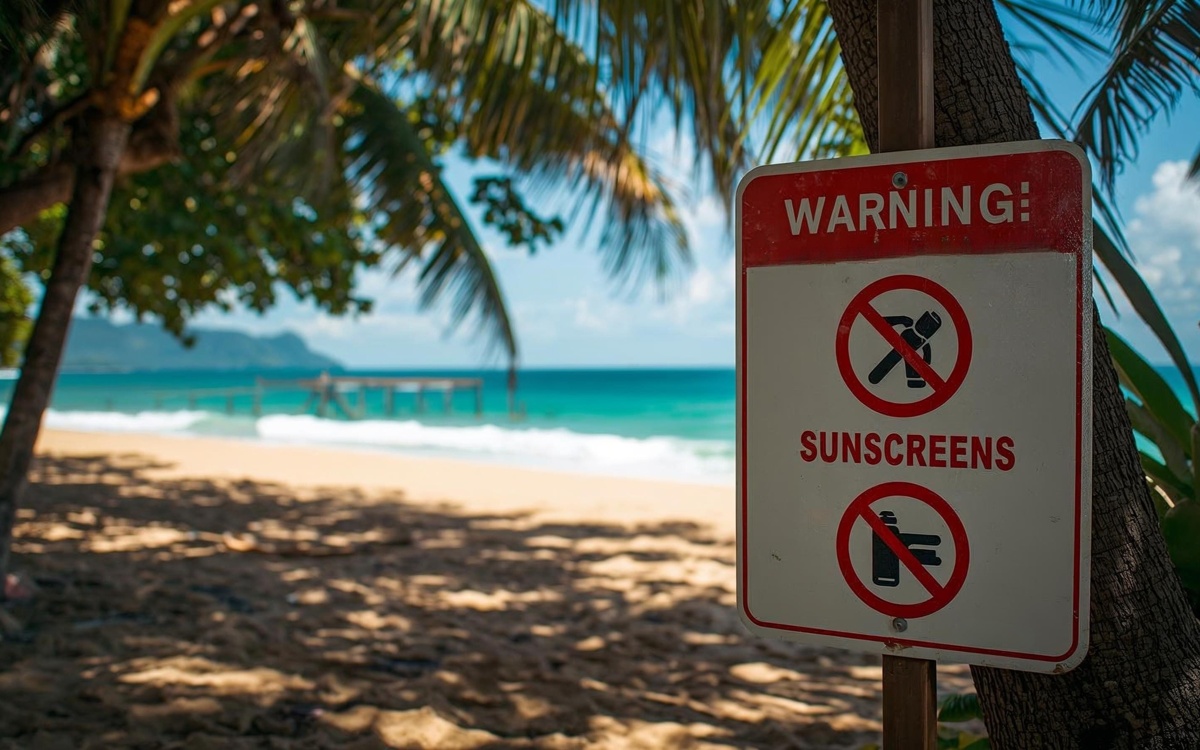Report on the Mid-Life Renovation of NOAA Ship Oscar Dyson and Alignment with Sustainable Development Goals
Project Overview and Economic Impact (SDG 8: Decent Work and Economic Growth)
The National Oceanic and Atmospheric Administration (NOAA) has initiated a significant mid-life renovation for the research vessel Oscar Dyson. This project directly supports SDG 8 by fostering local economic growth and creating sustainable employment opportunities.
- A contract valued at $95 million has been awarded to JAG Alaska, Inc., a regional shipyard.
- This investment stimulates the local Alaskan economy through the creation of skilled jobs in the maritime and engineering sectors.
- The project reinforces the economic resilience of the regional industrial base.
Technological Innovation for Climate Action and Sustainable Infrastructure (SDG 9 & SDG 13)
The renovation focuses on upgrading the vessel’s infrastructure with innovative technologies that enhance energy efficiency and reduce environmental impact, contributing to SDG 9 (Industry, Innovation, and Infrastructure) and SDG 13 (Climate Action).
- Propulsion System Modernization: Installation of Siemens Energy’s SISHIP BlueDrive PlusC low-voltage direct current (LVDC) system is a primary upgrade. This technology significantly improves fuel efficiency and minimizes greenhouse gas emissions.
- Energy Efficiency Enhancements: The project includes the integration of advanced, Tier 4 variable-speed generators and quiet, energy-efficient air conditioning motors.
- Operational Upgrades: New pumps, fans, cranes, and radars will be installed to improve overall operational efficiency and safety.
Enhancing Marine Science and Conservation (SDG 14: Life Below Water)
The core mission of the Oscar Dyson is to conduct fisheries surveys and ecosystem assessments. The upgrades directly enhance its capacity to support SDG 14 by providing critical data for the sustainable management of marine resources.
- The vessel’s enhanced scientific capabilities will improve the quality and scope of data collection essential for protecting marine biodiversity and managing fisheries in Alaskan waters.
- To ensure no interruption in vital data gathering, the NOAA Ship Bell M. Shimada is being modified to operate in colder climates during the Oscar Dyson’s yearlong maintenance period.
- Improved crew accommodations, including additional single-occupancy staterooms, will enhance comfort and efficiency for scientific personnel on long-duration missions.
Collaborative Partnerships for Sustainable Development (SDG 17: Partnerships for the Goals)
This initiative serves as a blueprint for achieving sustainable development through effective collaboration, a key target of SDG 17.
- The project demonstrates a successful partnership between a government agency (NOAA), a local private enterprise (JAG Alaska, Inc.), and a global technology provider (Siemens Energy).
- This multi-sector collaboration leverages local shipyard expertise and global innovation to advance sustainable maritime science and reinforce leadership in ocean research.
Project Timeline
- The renovated vessel is scheduled to be fully operational and ready for the 2028 field season.
Analysis of Sustainable Development Goals in the Article
1. Which SDGs are addressed or connected to the issues highlighted in the article?
The article on the renovation of the NOAA Ship Oscar Dyson connects to several Sustainable Development Goals (SDGs) by highlighting advancements in economic, environmental, and technological areas. The following SDGs are addressed:
- SDG 8: Decent Work and Economic Growth – The project stimulates the local economy and creates employment.
- SDG 9: Industry, Innovation, and Infrastructure – The article focuses on upgrading a key piece of infrastructure (the ship) with innovative and sustainable technology.
- SDG 13: Climate Action – A primary goal of the renovation is to reduce emissions and improve fuel efficiency, directly contributing to climate change mitigation.
- SDG 14: Life Below Water – The vessel’s core mission is to conduct research that supports the sustainable management of marine ecosystems and fisheries.
- SDG 17: Partnerships for the Goals – The project is a result of collaboration between a government agency, a local private company, and a global technology provider.
2. What specific targets under those SDGs can be identified based on the article’s content?
Based on the details provided, specific targets for each identified SDG can be pinpointed:
- SDG 8: Decent Work and Economic Growth
- Target 8.2: Achieve higher levels of economic productivity through diversification, technological upgrading and innovation. The article mentions the project “boosts Alaska’s economy” through a high-value, technology-focused contract.
- Target 8.5: By 2030, achieve full and productive employment and decent work for all. The contract with JAG Alaska, Inc. is noted for “creating skilled jobs.”
- SDG 9: Industry, Innovation, and Infrastructure
- Target 9.4: By 2030, upgrade infrastructure and retrofit industries to make them sustainable, with increased resource-use efficiency and greater adoption of clean and environmentally sound technologies. The installation of “Siemens Energy’s SISHIP BlueDrive PlusC” propulsion system and “Tier 4 variable-speed generators” to improve fuel efficiency and reduce emissions is a direct example of this target.
- SDG 13: Climate Action
- Target 13.2: Integrate climate change measures into national policies, strategies and planning. NOAA, a U.S. government agency, is actively implementing sustainability goals by upgrading its fleet to be more energy-efficient and have lower emissions.
- SDG 14: Life Below Water
- Target 14.4: By 2020, effectively regulate harvesting and end overfishing… and implement science-based management plans. The ship’s role in “fisheries surveys and ecosystem assessments” provides the scientific data necessary for these management plans.
- Target 14.a: Increase scientific knowledge, develop research capacity and transfer marine technology. The upgrades are designed to “enhance operational efficiency, scientific capabilities,” ensuring “uninterrupted data collection for Alaska’s critical fisheries.”
- SDG 17: Partnerships for the Goals
- Target 17.17: Encourage and promote effective public, public-private and civil society partnerships. The article highlights the “collaboration between government (NOAA), industry (Siemens Energy), and regional economies (JAG Alaska, Inc.)” as a key to the project’s success.
3. Are there any indicators mentioned or implied in the article that can be used to measure progress towards the identified targets?
The article mentions or implies several indicators that can be used to measure progress:
- For SDG 8: The economic impact is measured by the contract value (“$95 million contract”) and the creation of “skilled jobs.”
- For SDG 9: Progress is indicated by the adoption of specific clean technologies, such as the “SISHIP BlueDrive PlusC low-voltage direct current (LVDC) propulsion system” and “Tier 4 variable-speed generators.”
- For SDG 13: A specific, measurable indicator for climate action is mentioned: the minimization of “specific fuel consumption (g/kWh),” which directly quantifies the reduction in fuel use and associated emissions.
- For SDG 14: The primary indicator is the continuity and enhancement of scientific research activities, such as “uninterrupted data collection” from “fisheries surveys and ecosystem assessments.”
- For SDG 17: The existence of the multi-stakeholder partnership itself, involving NOAA, JAG Alaska, Inc., and Siemens Energy, serves as an indicator of a successful collaboration.
4. Table of SDGs, Targets, and Indicators
| SDGs | Targets | Indicators |
|---|---|---|
| SDG 8: Decent Work and Economic Growth | 8.2: Achieve higher levels of economic productivity through technological upgrading and innovation. 8.5: Achieve full and productive employment and decent work. |
– Value of the contract ($95 million) boosting the local economy. – Creation of “skilled jobs.” |
| SDG 9: Industry, Innovation, and Infrastructure | 9.4: Upgrade infrastructure and retrofit industries to make them sustainable, with greater adoption of clean and environmentally sound technologies. | – Installation of the SISHIP BlueDrive PlusC propulsion system. – Adoption of Tier 4 variable-speed generators. |
| SDG 13: Climate Action | 13.2: Integrate climate change measures into national policies, strategies and planning. | – Reduction in specific fuel consumption (g/kWh). – Overall reduction in vessel emissions. |
| SDG 14: Life Below Water | 14.4: Implement science-based management plans to restore fish stocks. 14.a: Increase scientific knowledge and develop research capacity. |
– Uninterrupted data collection for fisheries surveys and ecosystem assessments. – Enhanced scientific capabilities of the vessel. |
| SDG 17: Partnerships for the Goals | 17.17: Encourage and promote effective public, public-private and civil society partnerships. | – Existence of the collaboration between government (NOAA), a regional private company (JAG Alaska, Inc.), and a global industry partner (Siemens Energy). |
Source: marinetechnologynews.com







